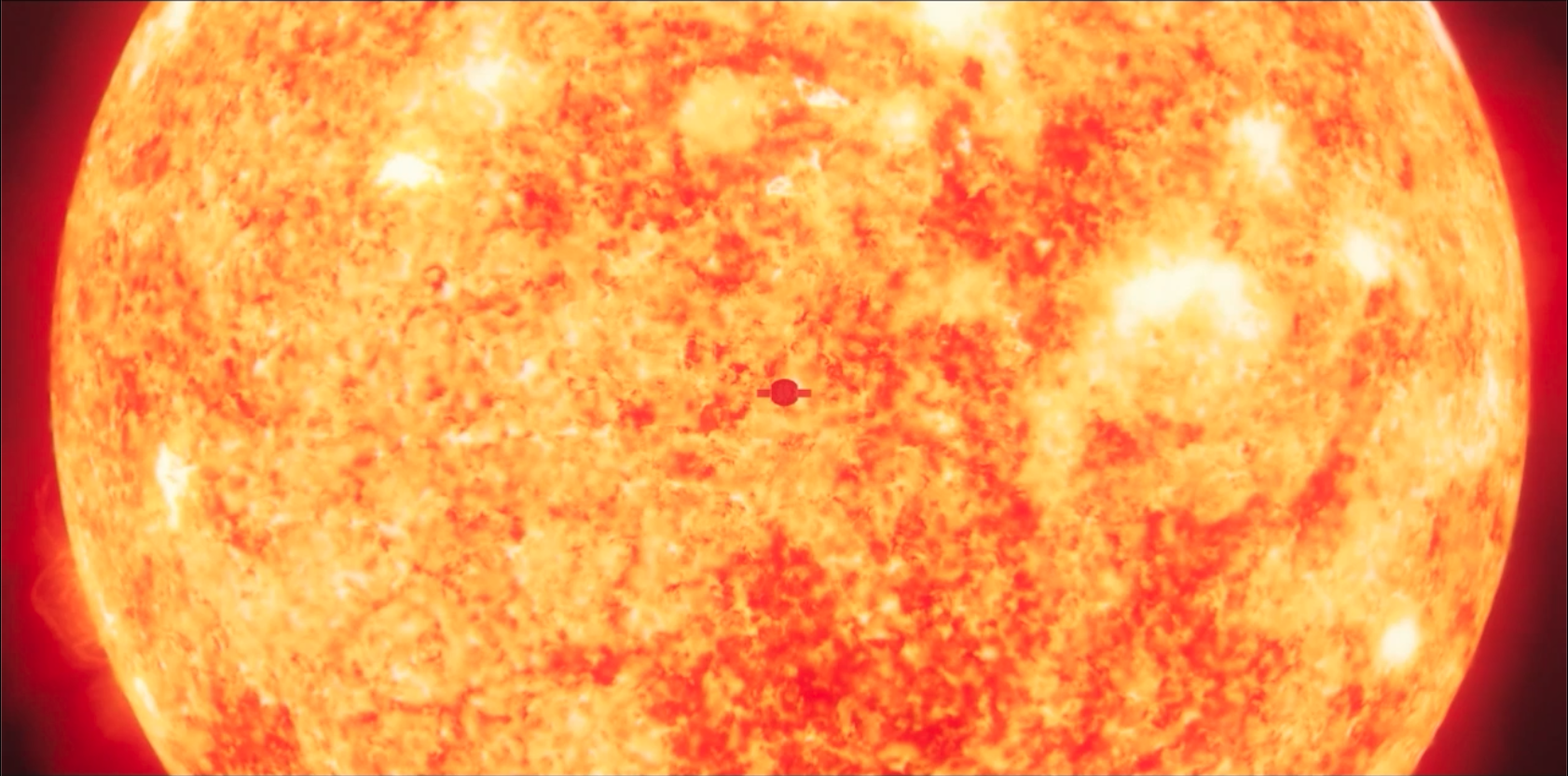
NASA’s Parker Solar Probe completed its 15th close approach to the Sun on March 17, coming within 5.3 million miles of the scorching solar surface. The geometry of Parker’s latest orbit also placed it in direct view of Earth and several other Sun-observing spacecraft during its close encounter, providing unique scientific opportunities for collaborative observations from the ground and space.
The European Space Agency’s Solar Orbiter and BepiColombo missions, as well as NASA’s Solar Terrestrial Relations Observatory-A (STEREO-A) spacecraft, observed the Sun from a similar angle as Parker, but at a variety of distances.
“When we can observe the same solar phenomena as they travel from the Sun out into the solar system, we have a notable opportunity to see how structures like the solar wind change as they move through time and space,” said Nour Raouafi, Parker’s project scientist at the Johns Hopkins Applied Physics Laboratory in Laurel, Maryland. “These additional eyes on the Sun and the inner heliosphere help us see the bigger picture, beyond what Parker can do alone.”
Because Earth was in a prime position to view Parker’s latest encounter, the science community initiated a ground-based observation campaign. More than 40 observatories in the United States, Europe, and Asia trained their visible, infrared, and radio telescopes on the Sun for several weeks around Parker’s encounter.
This was a rare opportunity, as Earth can only view an entire Parker encounter once every three to four orbits. These powerful observatories were not able to see Parker itself — the van-sized spacecraft is far too small for visible detection — but they offered from a distance additional information about the solar sources of phenomena that the probe is observing up close.
“There are several types of observations that we can’t get from Parker, such as images of the Sun, observations of the magnetic field and flares near the solar surface, and coronagraph imaging,” Raouafi said. “This is an important chance to obtain different kinds of information that provide more context for the data Parker sends back and help expand our understanding of our star.”
During the perihelion, the spacecraft traveled at 364,619 miles per hour, fast enough to fly from New York to Tokyo in just over a minute.
As designed, Parker Solar Probe’s autonomy system turned off the high-energy Energetic Particle Instrument (EPI-Hi) on Feb. 13 after the instrument was prematurely power cycled before the completion of a software patch upload. After anomaly recovery planning, the instrument and Parker Mission Operations teams successfully restored the instrument configuration on March 10 in preparation for Solar Encounter 15.
The spacecraft entered the encounter in good health, with all systems operating normally.
Parker Solar Probe was developed as part of NASA’s Living with a Star program to explore aspects of the Sun-Earth system that directly affect life and society. The Living with a Star program is managed by the agency’s Goddard Space Flight Center in Greenbelt, Maryland, for NASA’s Science Mission Directorate in Washington, D.C. APL designed, built, manages, and operates the spacecraft.
By Ashley Hume
Johns Hopkins Applied Physics Laboratory
